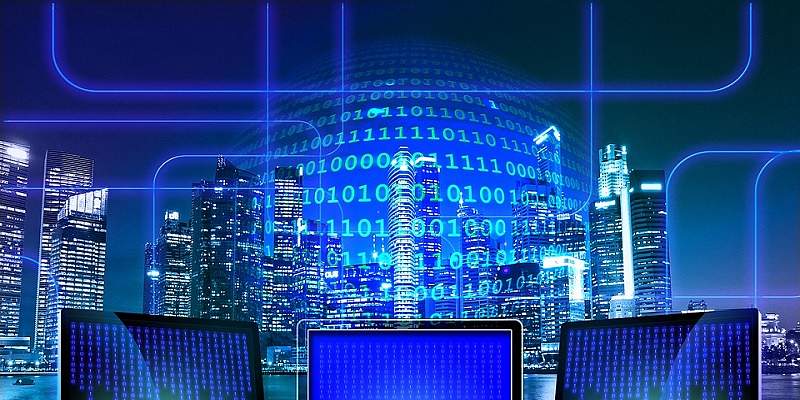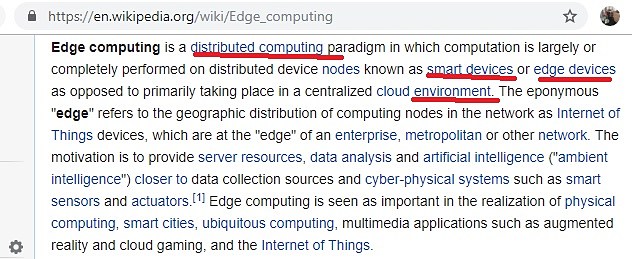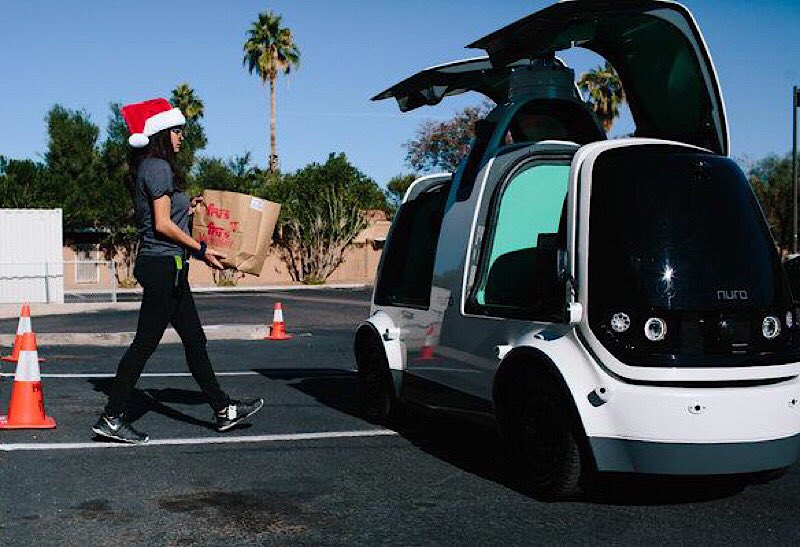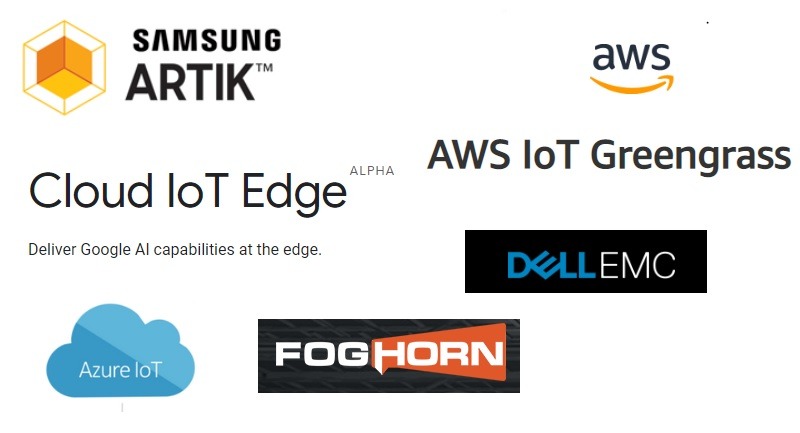
Edge Computing has become one of the biggest trends in IoT in 2019. Among cloud players such as AWS, Rackspace, Google and Microsoft, there is growing interest in edge solutions to reduce the huge costs of central computing. Telcos like AT&T are considering this technology as a natural complement to their 5G initiatives. Device-makers like Apple, Samsung and LG are also throwing their weight behind making entire devices “edge-ready.” As of now, this technology trend will continue to grow.
What Is Edge Computing?
To understand the concept of edge computing, consider this fact. When there are so many objects connecting to the Internet, the extra traffic load can mean huge costs in running a data center. Edge computing, thus, developed as a whole new approach where data analysis happens closer to the sources of information rather than some central location. The only criteria is that data should be used up near its point of origin (accordingly, called the “edge”). The following is a Wikipedia definition of “edge computing” which is rather precise and comprehensive.

In IoT devices the edge data can be derived from temperature sensors in a thermostat, actuators on a machine or beacons. Every smartphone device app also qualifies as an “edge” because it relays information in real time.
Why Is Edge Computing Needed?
In the realm of IoT, a lot of applications are time-sensitive. Even a fraction of a second’s delay can lead to bad outcomes. Think of driver-less cars – if data has to travel back and forth every time, accidents will be the order of the day. Think of oil rigs in a location with poor connectivity, and the costs of transporting data upstream to a cloud. It is wiser to have a small “agent” deployed at the edge which can manage the interactions with the cloud as well as the field status of the edge device.

An edge computing approach helps eliminate latency, jitters, image freezing and other side effects of transporting data from a distant cloud. Clearly, it is the complete opposite of cloud computing, and some people even consider edge apps as “cloud-killers.” By decentralizing data analysis, edge computing neatly solves the problems of compliance and privacy.
Emerging Applications
Edge computing is a disruptive technology which can become a game-changer in the IoT space along with 5G data rates. They have a natural role in smart cities, transit, healthcare, storage solutions, food processing and other industrial scale applications.

Even in the consumer space, the power of edge computing is a force to be reckoned with. Currently, all leading industry players are shifting gears from a cloud-centric business model to the edge. Samsung ARTIK platform is becoming common in its commercial consumer appliances. Google has Cloud IoT Edge which consists of fully-managed edge services.
The Difference Between Edge and Fog Computing
A common question that arises is what the exact difference is between edge and fog computing. Currently, both terms are used interchangeably. But, there are a couple of simple differences.
- Edge computing happens at the device and has some limiting functions – acting as conduits between the cloud and devices. Fog computing happens at a LAN node completely independent of the cloud. This means that fog computing is always similar to edge computing but vice versa is not true.
- Apart from data analysis, fog nodes also perform local storage and networking tasks. For example, a local base station for 5G networks.
Conclusion
Edge computing represents the focus of future IoT applications. It will gain more importance with greater consumer demands for reliability, security and privacy in data retrieval. In fact, it has the potential of making device-owners the custodians of their personal information rather than someone else. In 2019, further developments in this emerging area will remain a key focus for us.







